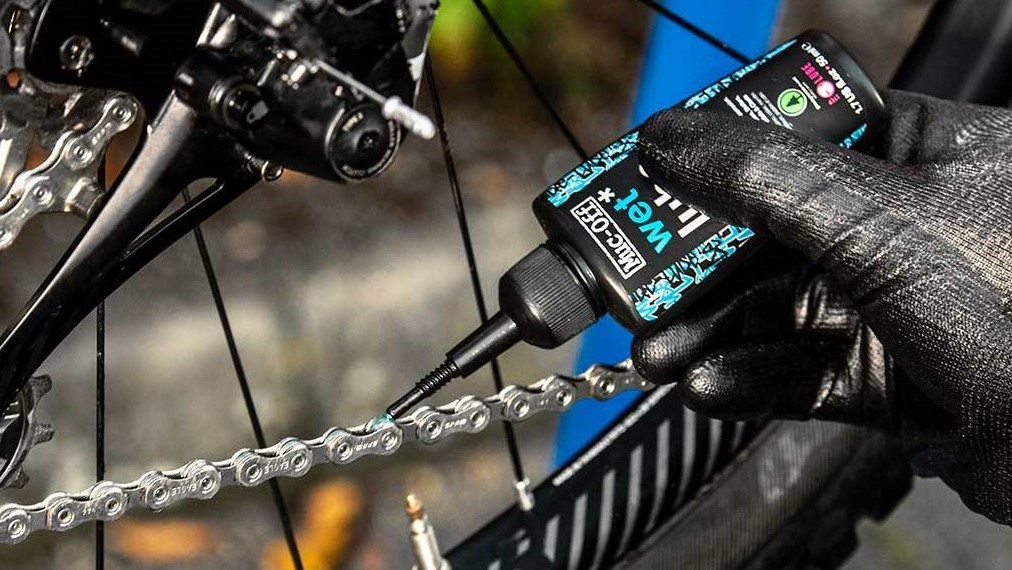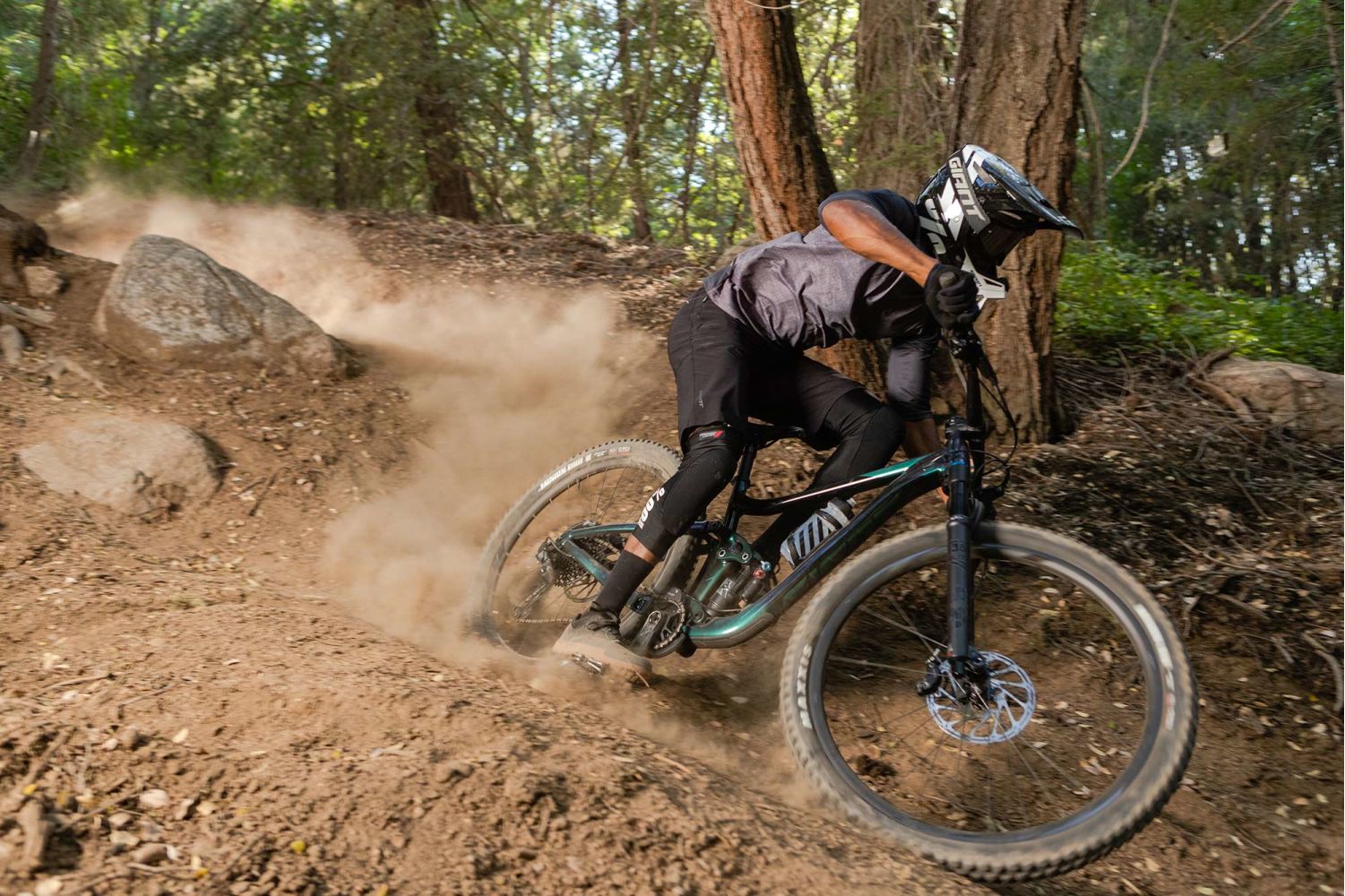The importance of drivetrain maintenance
How to make your drivetrain last longer and run better

Drivetrain maintenance can boost your riding performance and keep your cycling on budget.
Of all the DIY aspects of bicycle ownership, drivetrain care is both the easiest but also most often incorrectly executed.
To keep your chain and its drivetrain contact points clean and lubricated isn’t a complex mechanical endeavour, but the benefits are substantial: lower mechanical friction and prolonged component life.
Mountain bike drivetrains, and those of the cyclo-cross and gravel variety, are exposed to a greater variety of environmental contaminants than road bikes. That means dust in summer and mud of all types in winter. As such the mountain bike drivetrain works much harder for its living.
It also requires more care and attention than a road bike drivetrain to prevent contaminants ruining your ride.
The first issue is to always keep your chain clean. A dirty chain will transfer contaminants and abrasives to all other moving parts of the drivetrain, such as chainrings and derailleur wheels. This accelerates the wear and will reduce the sifting accuracy of your drivetrain.
Cleaning a chain is quite elementary. You can attach a clip-on cleaner, which does a fair job. The superior option is using the quick-link, to break your chain, allowing its complete removal from the drivetrain and frame.
With the chain free you have an opportunity to completely soak it in a solvent of your choice. For years industrial chemicals were the solution but as mountain bikers have become more environmentally aware, a range of organic degreasers, such as citrus-based products, is now recommended.

Different lubes for different conditions
Once your chain is clean the second part of its maintenance regime should be lubrication. The realm of available lubrication choices are vast, with many different formulations, but your primary concern should be seasonality.
In winter, when wet conditions are prevalent, you need a chain lube which applies wet and will repel some water. As your local trails become drier in summer, a wet lube will retain too much dust and possibly grind down your chain and drivetrain.
For summer you want to revert to a dry lube, which does not cake with dust or environmental contaminants whilst riding. There is one caveat with dry lubes: water splashes and river crossings.
If you are riding in steep mountain terrain, chances are that even in summer, there will be small streams to cross. And if your dry lube chain encounters water, it will erase the lubricant’s properties. Be mindful of water crossings with a dry-lubed chain – and be sure to reapply after a ride when you do.
Applying lube, is an art in restraint. Most cyclists make the mistake of overapplying lubricants, imagining that more fluid equals greater friction reduction and drivetrain protection. Quite the opposite is true. Too much lube will merely clog the mechanical tolerances in your drivetrain and increase power-sapping mechanical drag.
You never want to lube immediately before a ride, either, as lubricants require time to seep into the metal links and rollers of a chain. The best practice is to lube after having cleaned your chain – or the night before a ride.
Be patient and carefully drip lube onto the chain rollers, instead of squeezing the bottle while aggressively rotating the cranks.

Lance Branquinho is a Namibian-born journalist who graduated to mountain biking after injuries curtailed his trail running. He has a weakness for British steel hardtails, especially those which only run a single gear. As well as Bike Perfect, Lance has written for MBR.com, Off-Road.cc and Cycling News.
